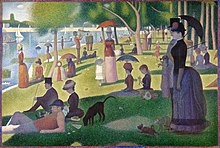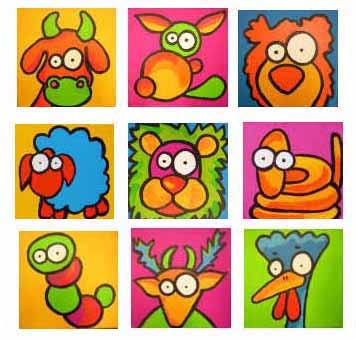I love buildings and I love doors and windows.I like to imagine who may be behind the door etc.
With our more advanced learners at the start of the academic year it is a great opportunity to get them talking again!
Let's give them a picture stimulus for this!
Here are some photos I have taken this year in France and Spain that we are going to use to get our children using prior knowledge in the target language in a creative way!
All the pictures involve the children pretending to open a window or a door to reveal the person behind the door and create the character.
Just who is behind the door or the window?
This activity and the picture stimulus is a great device to focus on grammar from the previous year.
We can ask the children to use adjectives to describe the person behind a specific window or door.
We can ask the children to use verbs to allow the person behind the window or the door to explain what he/she is doing or whet he/she likes to do
We can use questions and answres to find out more in the first and secind person singular about the person behind the window or door.
All the children need to do is open the door or window of their choice and create the imaginary character behind the door or window!
Let them stick the picture in their record books and ask them to cut round three sides of their chosen window or the frame of the door and add a drawn sketch of their imaginary person or creature behind the closed window or door.
This can be a spoken activity or it could be a written text ........
Great fun and creative use of language at the same time and an opportunity to revisit and re-use language and structure from prior learning.






























